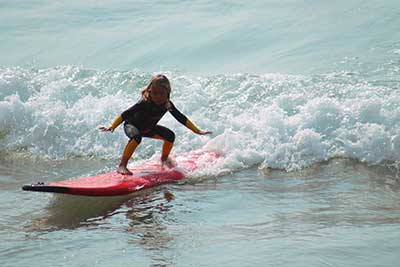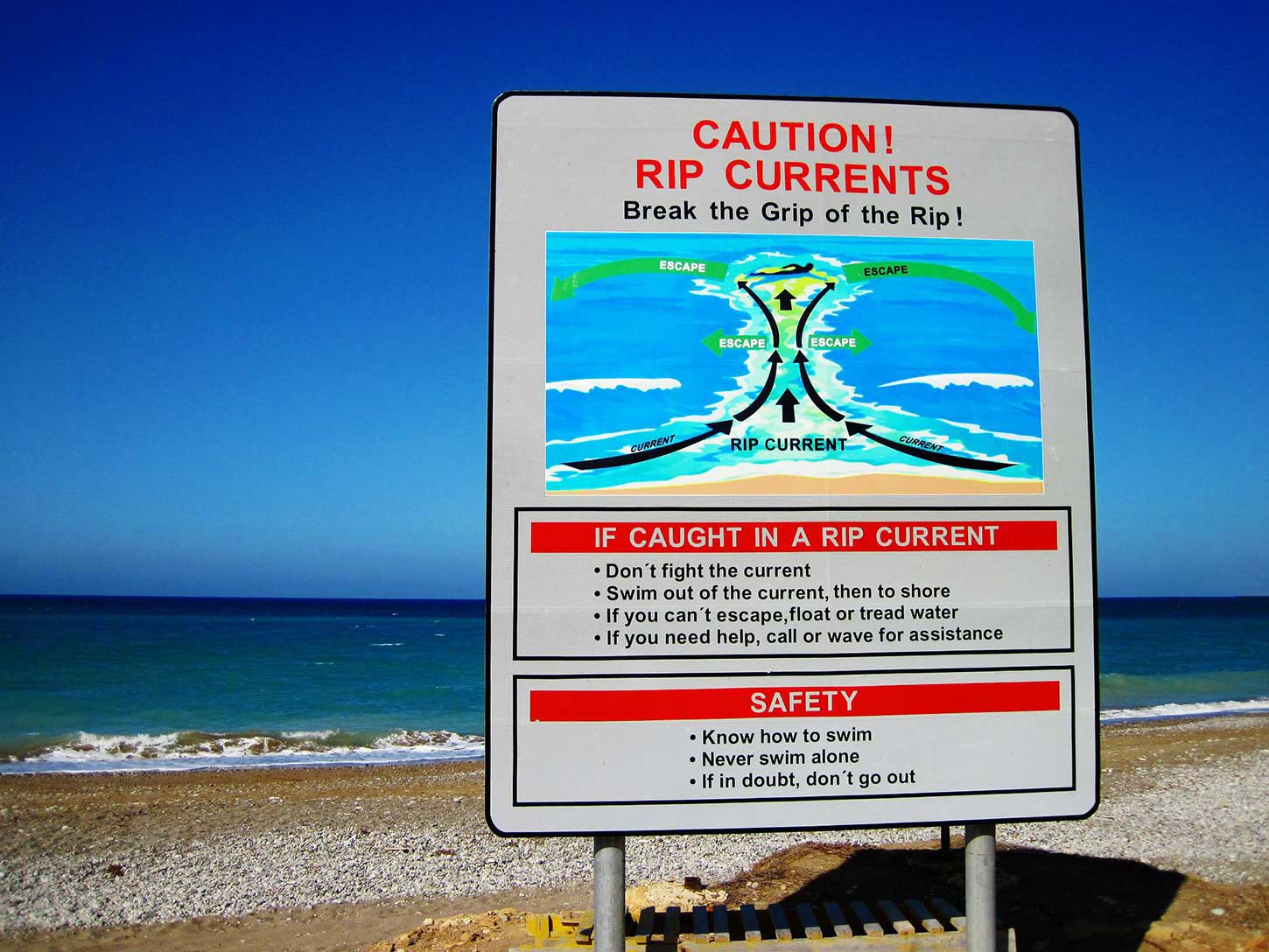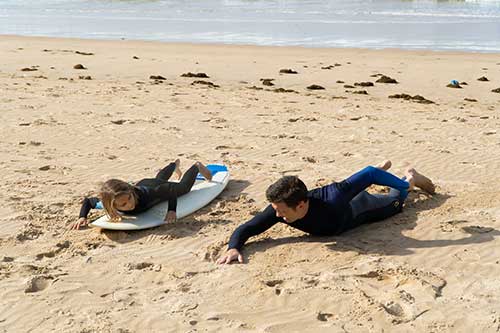06/01/2022
Surfing: Safety and Preparation Considerations
By Matthew Donohue, DPT, ATC, Wentworth-Douglass Hospital Rehabilitation Services at Marsh Brook Rehab
Being a kid from upstate New York, surfing was a foreign idea to me until I went to school at the University of New England in coastal Biddeford, Maine. There I was introduced to it in 2004, and it has been a main stay for me ever since.

When it comes to surfing, there are some basics we should all follow considering safety. First off, never go alone! Always go with at least another person if not several because there is strength in numbers. Always let someone know where you are going surfing. The ocean is a beautiful and wonderful playground but can quickly become unpredictable and dangerous. You must acknowledge your skill level and cardiovascular status. Surfing takes a lot of endurance and strength, particularly when paddling out through breaking waves and then to catch them as well. It is easy to become very fatigued in your shoulders quite quickly. It is important to have a leash attached from your ankle to your surfboard because it is your lifeline; it provides an opportunity to float and catch your breath without straining to tread water. You do not want to become separated from your board!
You should always know the water temperature. There are different thickness wetsuits for the different seasons:
|
Mid-Summer |
Rash Guard /Swimsuit |
|
Late Spring/Early Summer/Fall |
3/2mm wetsuit |
|
Late Fall/Spring |
4/3mm wetsuit |
|
Winter |
5/4-6/5mm hooded wetsuit |
You may also consider different thickness gloves and booties with varying styles to suit your preferences. You’ll also find “shorty” wetsuits that go half-way down arms and legs as well as neoprene tops.
Here are some websites that indicate the wave conditions and water temperatures:
Beware of Rip Currents!
It is important to be able to identify rip tides. These surface water currents travel out to sea away from the beach and move quickly (8-10 feet/second). They can be identified as a seemingly calm water surface between breaking waves that looks safe but don’t be fooled. One should also look for discolored water: as the water rushes out to sea, it often takes sand/sediment/seaweed with it lending to a different color than the surrounding water. Rip currents are typically strongest at low tide and tend to form along jetties, piers, and sandbars which are also common places to surf. Most rip currents run 50-100 yards offshore before dissipating; remember, you cannot swim against a rip current so swim parallel to shore to gradually get out of it. This is why it’s so important to have a leash to stay connected to your board: from on top of your board, you’ll only put energy into paddling as opposed to staying afloat and swimming. When you surf at a beach with lifeguards, they will have a certain color flag flying that will indicate the conditions of the waves/water. It is always a good idea to stop and have a chat with the lifeguard to see where surfing is allowed and if there are any environmental situations/hazards to consider.

Typically, most people learn to surf on a long board and then gradually progress into shorter boards if they choose to. Long boards are generally longer than 8 feet and have more foam so they float well and are ideal for riding smaller waves. It is easier to catch waves on them, and they offer more stability which makes riding them easier than a short board. Short boards are roughly anything shorter than 8 feet and have less float and offer less stability. They are more maneuverable and quicker for more performance on the face of the wave.
Observe Proper Etiquette:
When in the water with other surfers, it’s important to be aware of wave etiquette. For instance, never drop in on a surfer who is already established on a wave. This leads to collisions, injuries and sometimes altercations. When you find yourself competing with another surfer for the same wave, the surfer closer to the breaking of the wave/peak of the wave has the right of way. When paddling back out after catching a wave, don’t get in the way of a surfer established on a wave.
To maximize surfing performance, it is ideal to have good shoulder, chest, abdominal and postural strength as well as a strong cardiovascular base. Workouts that emphasize scapular muscles, the rotator cuff, lats, paraspinals, pecs and the core will improve paddling power and pop-up ability. While working on strength is necessary, it’s also important to include explosive power so plyometric and high intensity interval training should also be included.
Try a Lesson!
There are several well-known surf shops along the New Hampshire and Maine coast that offer many different board/equipment options, rentals and lessons. It’s a good idea to either attend a lesson or learn with people you trust who have a good understanding of surfing and the ocean. Always acknowledge and respect your physical limits and your familiarity with the ocean to keep surfing fun and safe!

About Matthew Donohue, DPT, ATC:
 Matt earned his Bachelor’s degree in Athletic Training from the University of New England and then went on to earn his Doctorate in Physical Therapy from Duke University in 2012, joining the Marsh Brook Rehab team shortly after.
Matt earned his Bachelor’s degree in Athletic Training from the University of New England and then went on to earn his Doctorate in Physical Therapy from Duke University in 2012, joining the Marsh Brook Rehab team shortly after.
Matt’s professional interests include combining evidence and experience towards his patient’s rehab process and goals. He enjoys working with orthopedic and sports related injuries with particular interest in ACL reconstruction and running athletes. Matt enjoys having fun with his family, surfing, snowboarding, hiking, and running.
Tagged In: